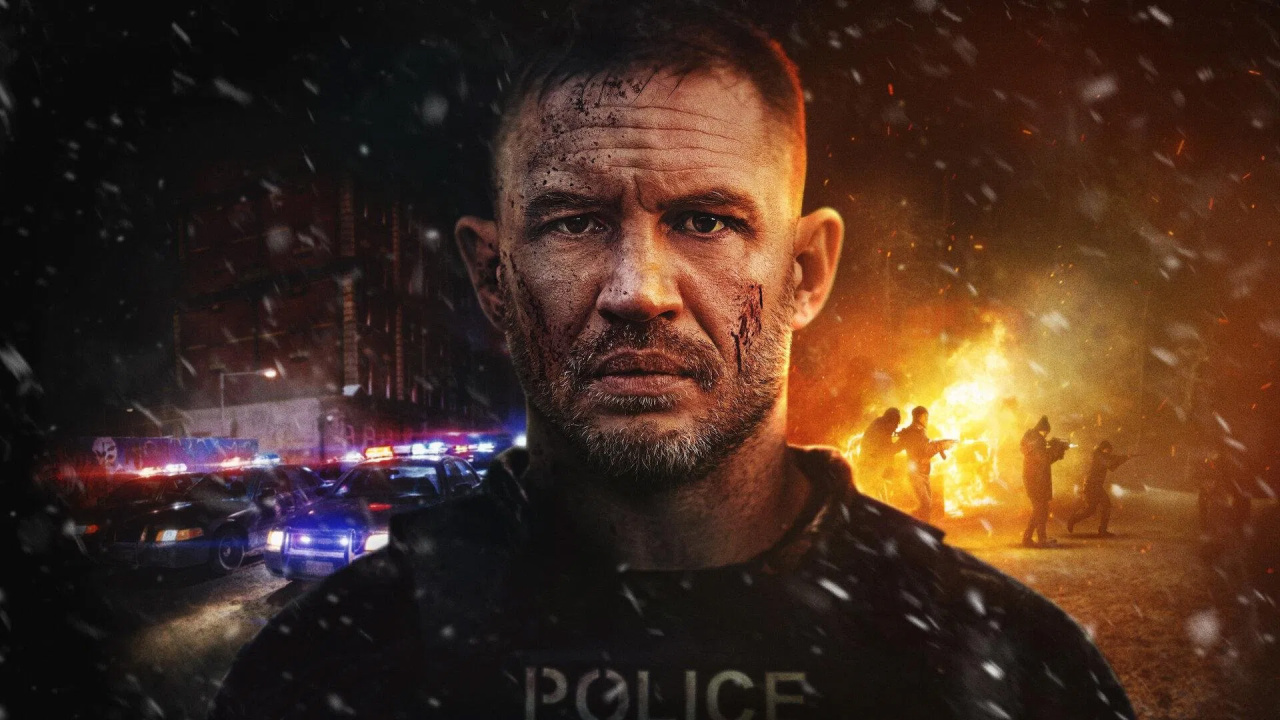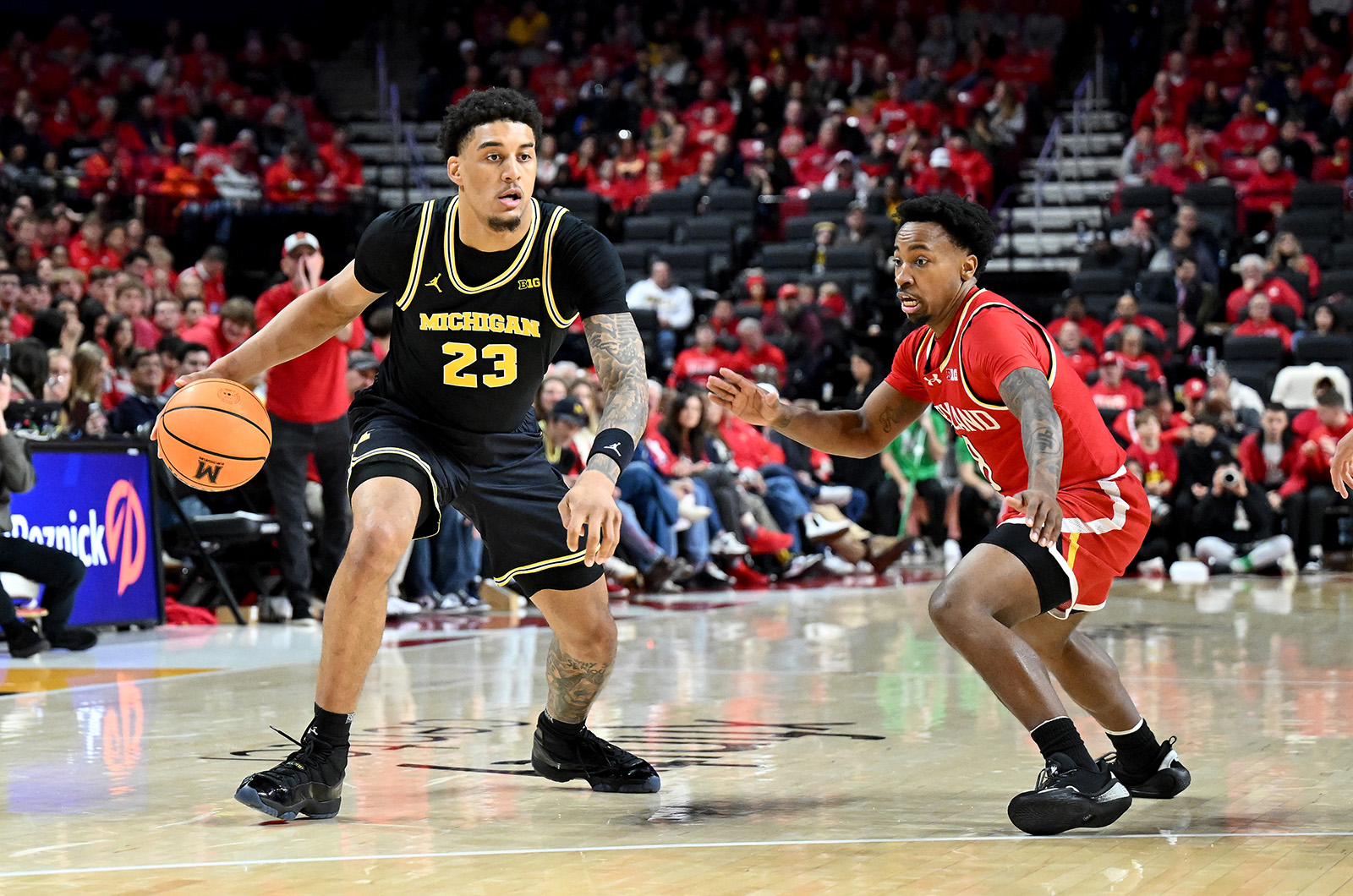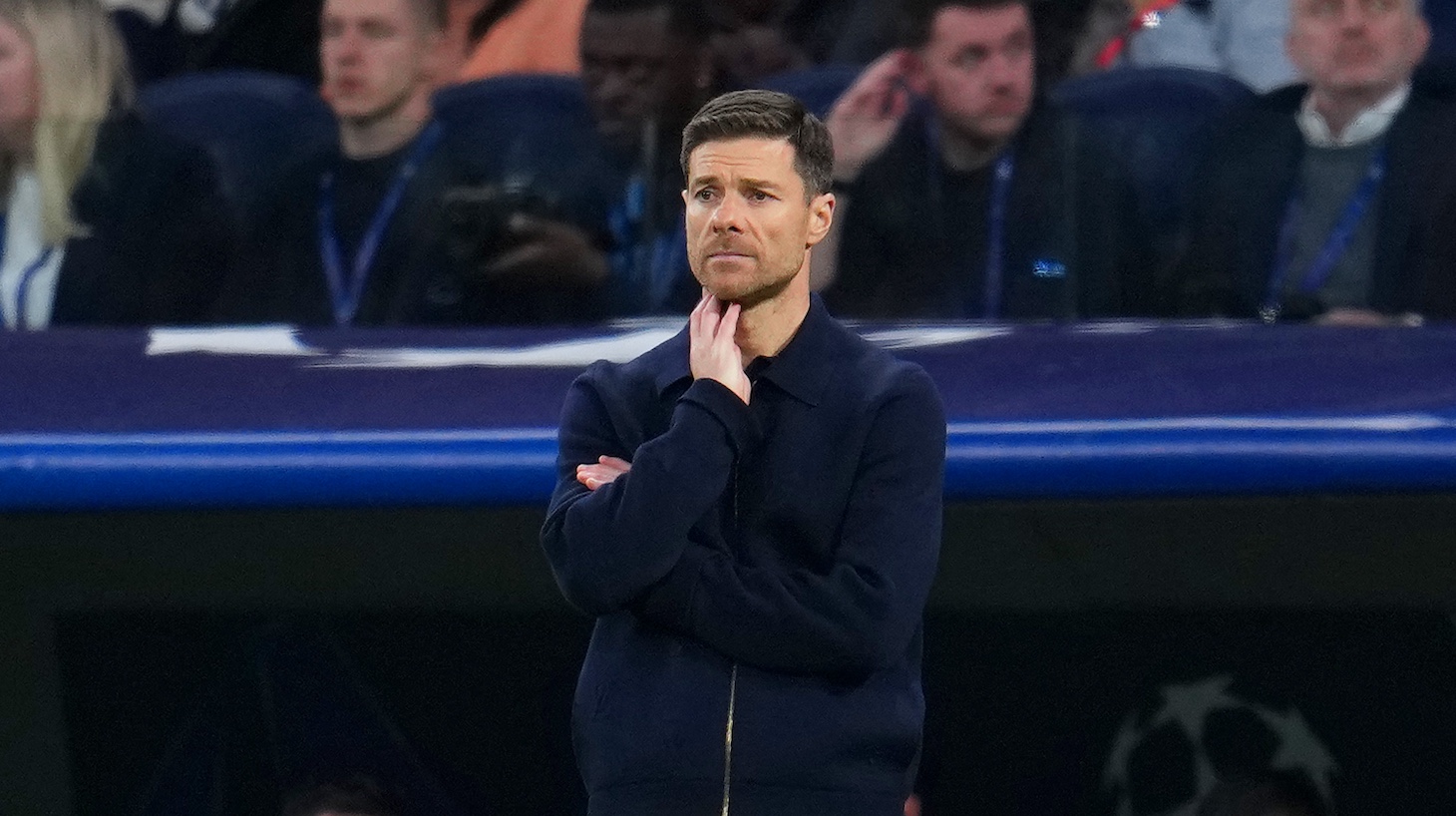Gareth Evans is the patron saint of people getting their shit wrecked. In films like Merantau, Apostle, and The Raid diptych, people get chopped by machetes, whacked with broom handles, tossed through floors, kicked into toilets, cracked across concrete tables, and fried on open griddles. His fights are geographic, tracking large numbers of combatants as they fight up, across, and through confined spaces, taking care to note landmarks—windows, doorframes, loose hangnails, and glass-fronted cabinets—before working them into the flow of violence. At his best, his fight scenes marry the chaos of a street brawl with the control of a martial arts tournament match, cranking up the energy without ever losing clarity.
Havoc, his latest Netflix release, has two spectacular brawls: the first in a crowded nightclub, the second in a remote lakeshore cabin. Spanning much of the film’s second half, these fights find Walker (Tom Hardy) fending off corrupt cops and huge crowds of Triad goons—he must leave at least a hundred people dead, wasted by shotgun blasts, hatchet blows, and, in one particularly nasty kill, pierced through the neck by a spear gun. It’s spectacular stuff, visceral and inventive, and infinitely more exciting than any of the John Wick clones that Havoc superficially resembles.
It begins well, with a hijacked tractor-trailer plowing through the overpasses and encampments of some anonymous American Crime City. Led by Charlie (Justin Cornwell) and Mia (Quelin Sepulveda), these small-time crooks are in deep trouble: the washing machines they’ve stolen are full of coke, and the Chinese gangster they’re supposed to hand them over to is about to be killed by a Triad rival. Nor do they realize that the cops chasing them, led by Vincent (Timothy Olyphant) are in on the whole thing, a web of double-crossing and deceit which drags everyone into a gang war.
Walker, a somewhat dirty homicide cop who used to be a really dirty drug cop, is dragged in first to investigate the gangland shooting, and then to protect Charlie, who is the son of Lawrence Beaumont (Forest Whitaker), a real estate mogul and mayoral candidate who once got Walker and his old drug force buddies, including Vincent, out of a tough spot for stealing from a drug lab—and accidentally killing an undercover cop in the process.
Got it? The reasons for the violence are painfully generic, which is not necessarily a problem; Evans made cop climbs big building into one of the signal action films of the 21st century. The problem isn’t even that it’s convoluted—The Raid 2’s crime opera defies narrative coherence in search of increasingly elaborate thrills. The problem is that the setup lasts for nearly 53 minutes, with only occasional pops of energy and color to remind you that you are watching an action movie.
Havoc completed principal photography all the way back in October 2021, and due to a variety of factors like strikes and schedules, reshoots took literal years. From photos posted by Evans, these appear to largely be from the film’s opening section, and while it can be a fool’s errand to try and spot the reshoots from the principal footage, there are long sections when you can basically feel the Netflix turn on. Characters plainly state their already obvious motivations, ugly CGI backdrops mesh poorly with the grittily redressed streets of Cardiff, and crucially, Evans’s camera becomes painfully static. Establishing sections in an apartment stairwell, an anonymous ballroom, and a police precinct look like an especially boring episode of a long-running procedural. Or rather, it looks like Netflix.
This leads to a film that, for stretches, can appear little different from the dreck like iHostage surrounding it. Yet whenever a fight breaks out, and especially whenever Evans can film a conversation that is not in English, his frames become vivid, energetic, and loose. The nightclub brawl, which begins at almost exactly the film’s halfway point, feels like it belongs in a completely different movie from the scenes that immediately precede it, trading static frames for fluid whip-pans that turn the camera—and therefore the viewer—into a participant. The carnage that breaks out, where fragile bodies snap like twigs, operates as if in a totally different reality, a place where human life is cheap, bad taste reigns, and no second is wasted.
As I wrote years ago, action movies have long thrived in the world of Video on Demand. Without movie-star egos or blockbuster bottom lines, these films stress the martial artistry of hyper-skilled leads like Scott Adkins and Iko Uwais, and are very often directed by people who understand that it’s called fight choreography for a reason. Evans got his start in this arena, along with fellow VOD kings John Hyams and Timo Tjahjanto. It turns out that there’s a big audience for ultra-skilled ultraviolence, at least from the safety of the couch.
And Netflix, to its credit, has decided to support them. It should be a perfect partnership, taking movies too brutal or too specific to play in multiplexes and boosting them with larger budgets and international distribution. Jeremy Saulnier’s Rebel Ridge was one of the best films of 2024, but its dogged insistence on a kind of heroically non-lethal control and deeply informed distrust of law enforcement might well have turned off wide audiences. Viewers flocked to Havoc, (supposedly) boosting it to No. 1 in many countries. And Tjahjanto has become an especially regular collaborator, directing three films for the platform since 2018. Working in his native Indonesia, these are tales of the Jakarta underworld, where an ethnically diverse population leads to all manner of competing crime syndicates, and thus opportunities for violence.
Last year’s The Shadow Strays expanded this focus with its introduction of the Shadows, a group of international assassins paid to take down targets in Japan, Cambodia, and further afield. If Evans plans his action scenes for chaos, emphasizing the frailty of the human body, Tjahjanto is more of a calibrator, ramping up increasingly baroque levels of pain with the steady pace of a horror movie. Across its 143 minutes, there’s quite a lot of violence being dished out in Strays—but there is also, again, an unconscionable amount of downtime, now wasted on Marvel-style worldbuilding. Rather than generating tension within its central relationships, the narrative needlessly separates teen assassin 13 (Aurora Ribero) from her mentors and employers, deferring all interesting conflicts in favor of the kind of slow dull relaying of backstory that cheaper productions wisely eliminate.
This is the curious contradiction of the Action Netflick. At their best, these are essentially silent films, directing your attention entirely through cuts, camera moves, and bodies flying through space. They’re meant to be watched; but Netflix, for some reason, does not want you to really watch its movies. Its executives want second-screen experiences, where characters explain their motivations and movements, so you can follow without looking up from Instagram. The best action movies are essentially self-sufficient: their simple stories and intimate conflicts generate a contained tension, and resolve once the final punch has been thrown. They pique our bloodlust, then satisfy it. But Netflix doesn’t want you to be satisfied, because it wants you to keep watching. So they will undermine their own movies, swaddling the action in so much downtime that when the chaos breaks out, you’ve already tuned out, and you won’t notice some other in-house production has already shuffled into the queue.
This is nowhere more apparent than in the platform’s attempts at homebrew blockbusters. The company apparently put $320 million into February’s The Electric State, and has invested similar amounts in The Grey Man and Red Notice. Yet when watched on your TV, they all just look like more TV. Bland and overlit, they must have been subsidized by the Looking at Your Phone lobby. The same applies to lower-rent stuff like Extraction movies, which mistake long-takes for artistry, and incoherence for energy. Despite starring some of the world’s biggest actors, and often filmed on location across the world, they seem designed to be played in the background as you fold laundry.
By pumping more money into both seemingly respectable blockbusters and low-rent action flicks, they have dragged both increasingly to the middle—empowering skilled directors to up their ambition, but saddling them with the increasingly enervated narrative demands of contemporary streaming filmmaking. Netflix knows no one clicking on Havoc will care about Walker’s home life (bad) or professional ethics (worse). They’re there to see Tom Hardy glower through some of the most brutally, fluidly enthusiastic fight scenes ever distributed to a wide audience. Yet they’ve put it in all the same, pumping the story full of plodding downtime, like strapping weights onto a sprinter. Havoc makes it to the finish line, but only after some real slow going.
And so we have the strange spectacle of the passively consumed action movie, full of spectacular violence that most viewers will never see, even when it’s playing right in front of them. But then, the platform isn’t in the business of making Gareth Evans films. They’re making Netflicks.







